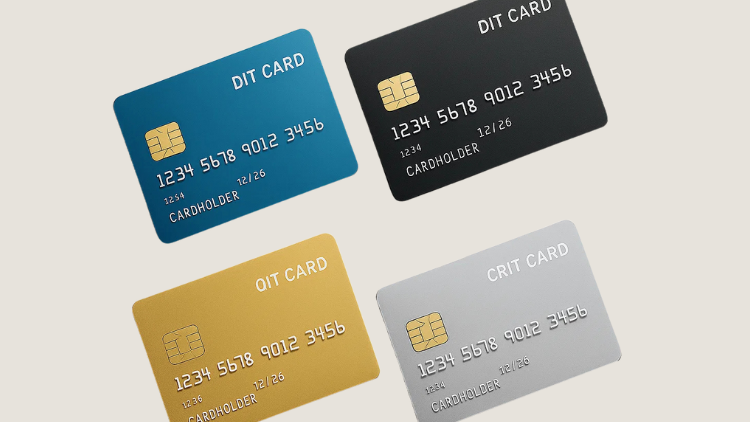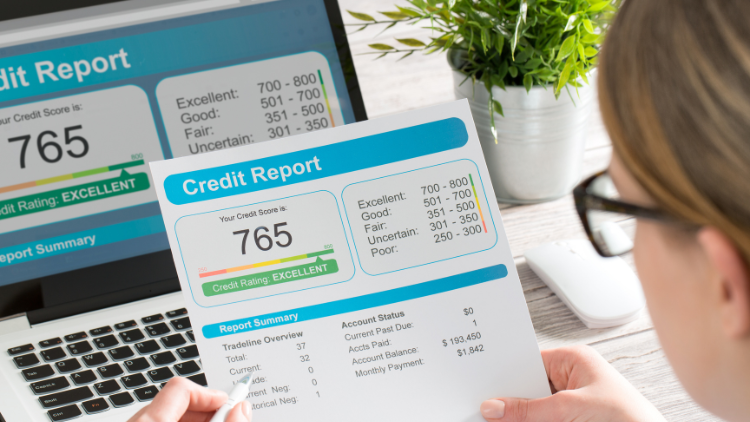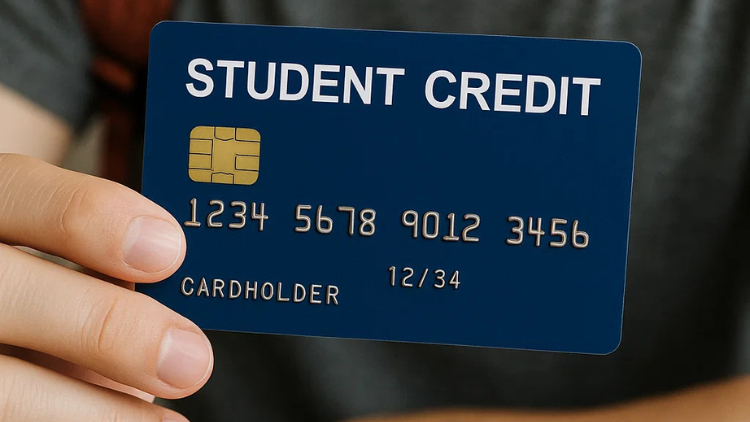If you’re a student, chances are you’re juggling classes, part-time work, and maybe even travel or a side hustle.
Amid all that, building financial freedom might feel far off. But here’s the truth: the habits you start today with credit can shape your financial options for years.

A student credit card isn’t just about swiping for coffee or textbooks. Used wisely, it’s a stepping stone to a strong credit history. That history matters when you apply for an apartment, buy a car, start a business, or one day take out a mortgage.
According to the Consumer Financial Protection Bureau (CFPB), paying your bills on time and keeping balances low are the two most important actions you can take to build and maintain good credit. The key is to treat a credit card as a tool rather than “free money.”
Universities echo this advice. The University of Chicago’s Financial Aid Office explains that student cards are designed for young adults with little or no credit history and can be a safe starting point for building responsible credit habits. So let’s get into the top 10 options, what makes them useful, and how to pick the right one for you.
The top 10 credit cards for students

Note: Examples below are U.S. student cards. If you’re outside the U.S., check your local banks or credit unions for similar “student” or “starter” cards.
1) Discover it® Student Cash Back
- Why it’s great: 5% cash back on rotating categories (like gas, groceries, restaurants) when you activate; 1% on everything else.
- Perk: Discover doubles your cash back at the end of your first year.
- Best for: Students who like maximizing rewards and don’t mind tracking categories.
2) Discover it® Student Chrome
- Why it’s great: 2% back at gas stations and restaurants (up to a limit); 1% everywhere else.
- Best for: Commuters or students who spend regularly on food.
3) Capital One Quicksilver Student Cash Rewards
- Why it’s great: Simple, flat 1.5% cash back on every purchase. No categories, no caps.
- Best for: Students who prefer a “set it and forget it” card.
4) Capital One SavorOne Student Rewards
- Why it’s great: 3% cash back on dining, entertainment, popular streaming, and groceries.
- Best for: Social students who eat out and stream often.
5) Chase Freedom Rise℠
- Why it’s great: Designed for newcomers to credit, with modest rewards and built-in education tools.
- Best for: Students starting from absolute zero credit history.
6) Bank of America® Travel Rewards for Students
- Why it’s great: 1.5 points for every $1 spent, with no foreign transaction fees.
- Best for: Study-abroad students and frequent travelers.
7) Bank of America® Customized Cash Rewards for Students
- Why it’s great: Lets you choose a bonus category (like gas, dining, or online shopping) for 3% cash back.
- Best for: Students who want flexibility in rewards.
8) Journey Student Rewards from Capital One
- Why it’s great: 1% cash back on all purchases, bumped to 1.25% if you pay on time.
- Best for: Building a habit of punctual payments.
9) Petal® 2 “Cash Back, No Fees” Visa®
- Why it’s great: Doesn’t require a traditional credit history—uses your banking activity to decide approval. No fees at all.
- Best for: Students with thin or no credit file.
10) Discover it® Secured Credit Card
- Why it’s great: Works like a student card but requires a deposit (e.g. $200) as collateral. Reports to all major credit bureaus.
- Best for: Students rebuilding damaged credit or struggling to qualify for unsecured cards.
| Credit Card | Annual Fee | Rewards / Perks | Best For |
| Discover it® Student Cash Back | $0 | 5% on rotating categories (with activation), 1% all else; first-year cash back match | Maximizing rewards |
| Discover it® Student Chrome | $0 | 2% at gas stations & restaurants, 1% all else | Commuters & food spenders |
| Capital One Quicksilver Student | $0 | 1.5% flat cash back | Simple, no-hassle use |
| Capital One SavorOne Student | $0 | 3% on dining, entertainment, groceries, streaming | Social students, foodies |
| Chase Freedom Rise℠ | $0 | Basic cash back + education tools | Beginners with no history |
| BofA® Travel Rewards for Students | $0 | 1.5 points/$1, no foreign transaction fees | Study abroad & travelers |
| BofA® Customized Cash Rewards | $0 | 3% in category of choice, 2% grocery/wholesale, 1% all else | Students wanting flexibility |
| Journey Student Rewards (Capital One) | $0 | 1% cash back, 1.25% if you pay on time | Building on-time payment habits |
| Petal® 2 Visa® | $0 | 1–1.5% cash back, no fees, accepts nontraditional applicants | Thin/no credit history |
| Discover it® Secured | $0 (deposit required) | 2% gas & dining (up to limit), 1% all else; reports to credit bureaus | Rebuilding or establishing credit |
Step-by-Step Playbook for Students
Here’s how to use any of these cards to build—not break—your financial future:

- Pick the right card for your lifestyle.
Do you travel? Choose one with no foreign fees.
Spend mostly on food? Go with dining/grocery rewards.
Struggling to get approved? Try a secured or Petal card.
- Start small.
Use your card for predictable expenses like Netflix, Spotify, or a monthly phone bill. This makes repayment easy and builds history fast.
- Pay in full every month.
Set up autopay if possible. Avoid carrying a balance—you’ll save hundreds in interest over time.
- Keep your usage low.
Credit experts suggest using no more than 30% of your available limit (e.g., if your limit is $500, keep balances under $150).
- Track your credit score.

Most student cards include free access to your FICO or VantageScore.
Watch it rise as you pay on time.
- Upgrade when ready.
After 12–18 months of responsible use, ask your issuer for a higher limit or upgrade to a non-student card with better perks.
No-Nonsense Recommendations
- Avoid applying for too many cards. Each application triggers a “hard inquiry,” which can lower your score. Start with one card.
- Use alerts. Most apps let you set spending or due-date reminders—take advantage of them.
- Think long term. A student card today could be the foundation for your mortgage approval tomorrow.
The best student credit card is the one that fits your life while helping you build financial habits that last. Whether you’re choosing a travel-friendly option, a no-frills cash-back card, or a secured starter, the rules remain the same: spend responsibly, pay on time, and use credit as a stepping stone—not a crutch.

By following the playbook above and using resources like the CFPB and university financial literacy guides, you’ll move from student spender to financially free graduate.
WalletAware shares education, not individualized financial advice. Always confirm current terms on the issuer’s site before applying.